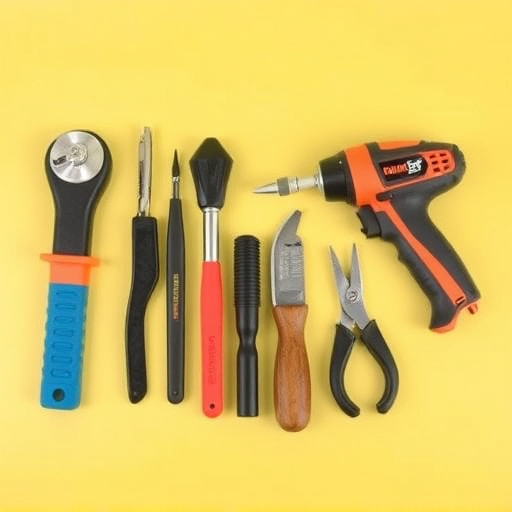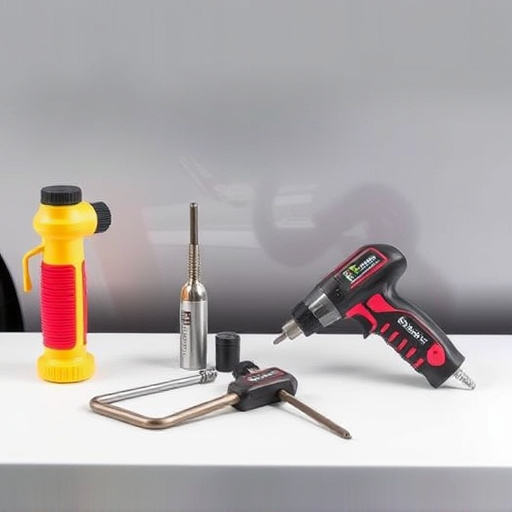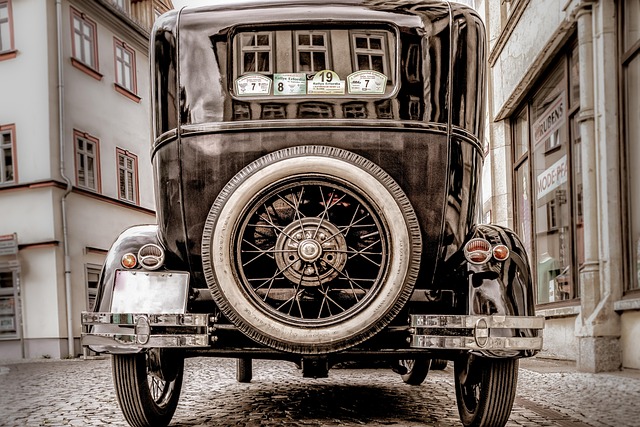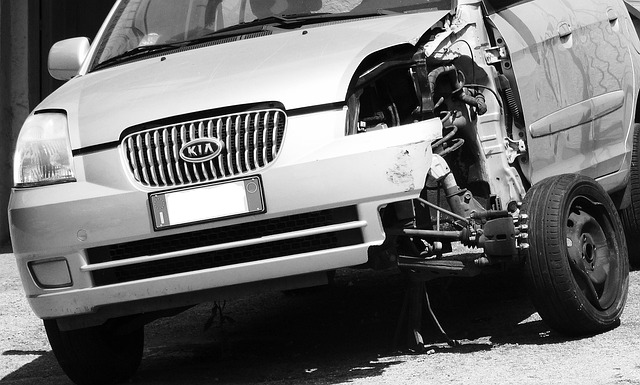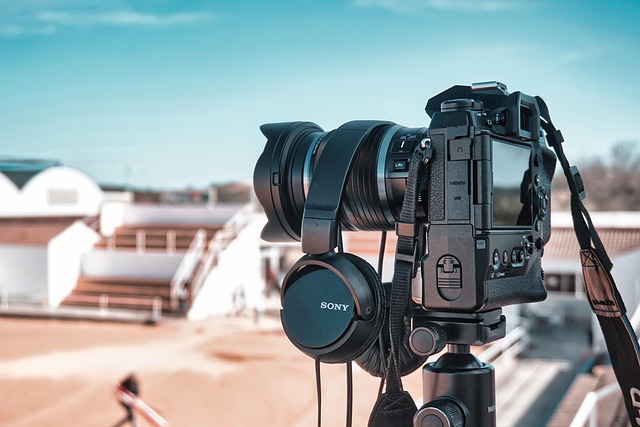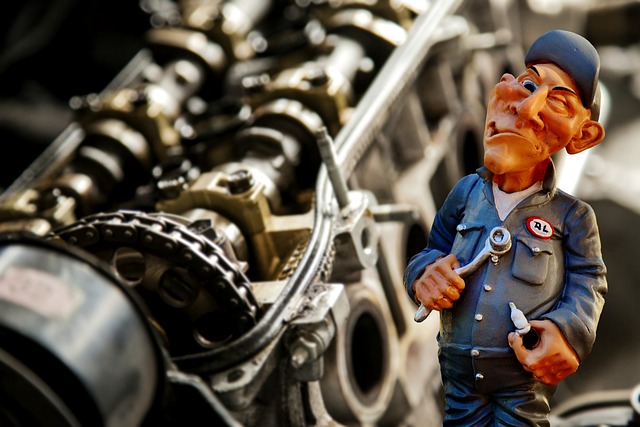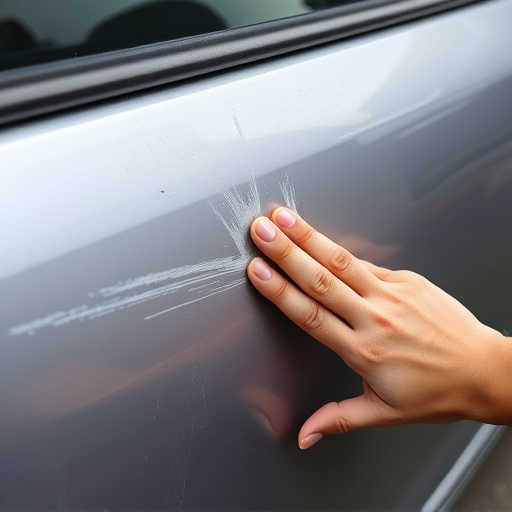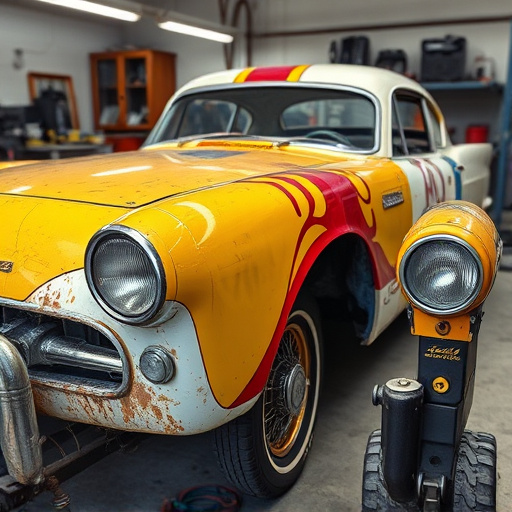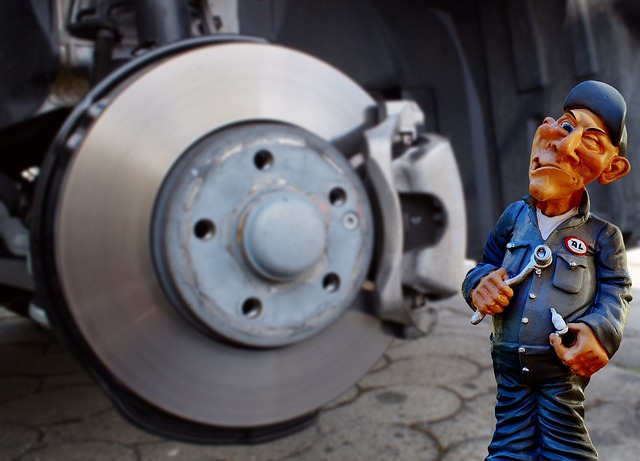Panel beating is a skilled automotive repair art focusing on restoring and reshaping damaged car panels to their original condition. Technicians use precise tools for heating, straightening, and mending metal, followed by tire services and paint corrections. It involves meticulous preparation, hammering, welding, sanding, priming, painting, and coating to achieve durable, flawless finishes that maintain vehicle value and protect against environmental damage.
Unchipped, unmarred walls are every homeowner’s desire. Learn the art of panel beating, a crucial skill for repairing dents and scratches, using paint and finishes. This comprehensive guide delves into the techniques behind effective panel beating repairs, exploring the role of paint and finishes in achieving flawless results. From understanding essential tools to following a step-by-step process, you’ll master the art of restoring your walls to their original state.
- Understanding Panel Beating Techniques for Repairs
- The Role of Paint and Finishes in Panel Restoration
- Step-by-Step Guide to Effective Panel Beating
Understanding Panel Beating Techniques for Repairs
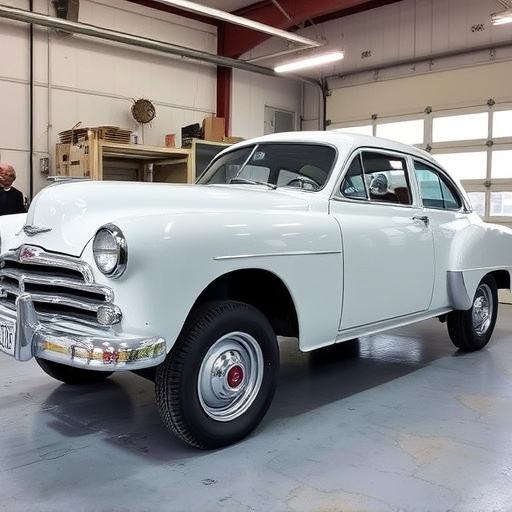
Panel beating is a crucial skill within the realm of automotive repair services and collision repair shops. It involves reshaping and restoring damaged car panels to their original form, ensuring a seamless finish when combined with paint and finish repairs. This technique is not just about fixing dents; it’s an art that requires precision and expertise to match the vehicle’s original structure and aesthetic.
Automotive body panels are carefully manipulated using specialized tools and techniques during panel beating. A skilled technician can straighten out misaligned panels, remove creases, and repair dings, all while minimizing visible repair marks. This meticulous process often involves heating the metal to make it more pliable, allowing for accurate reshaping. Once the panel is beaten into place, tire services and paint corrections are performed to ensure the vehicle’s exterior looks as good as new.
The Role of Paint and Finishes in Panel Restoration
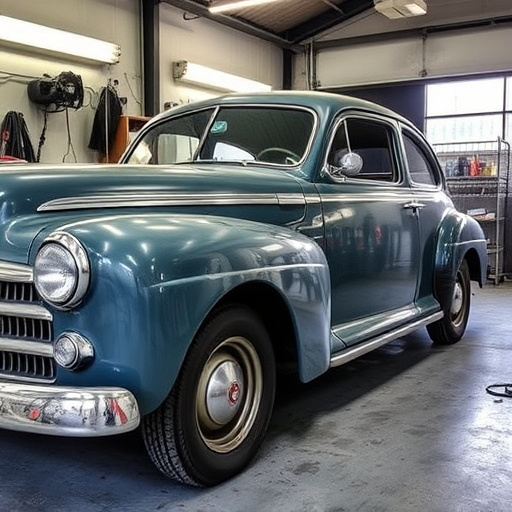
In panel beating, the art of restoring damaged or dented panels on vehicles, paint and finishes play a pivotal role. These layers not only provide aesthetic appeal but also serve as protection for the underlying metal. When performing autobody repairs, skilled technicians carefully replicate the original finish, ensuring a seamless and durable repair. The process involves careful preparation, priming, painting, and final coating, requiring precision and attention to detail.
A well-executed bumper repair or vehicle repair is only as good as its finish. The right paint and finishes ensure that not only does the repaired panel look like new, but it also stands up against environmental factors like UV radiation, corrosion, and wear and tear. This longevity is crucial in maintaining the overall value and appearance of the vehicle, making paint and finishes an integral part of any successful panel beating endeavor.
Step-by-Step Guide to Effective Panel Beating
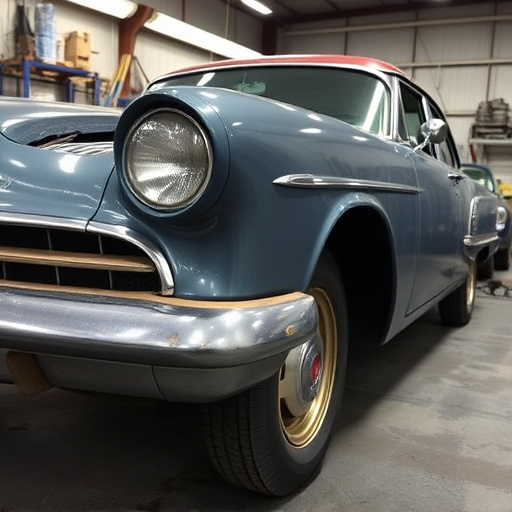
Panel beating is a crucial skill in the automotive industry, particularly for auto body repair and paint jobs. Here’s a step-by-step guide to help you master this art:
1. Preparation: Begin by inspecting the damaged panel and surrounding area. Ensure the surface is clean and free of any debris or loose parts. In an auto repair shop, this often involves using compressed air to blast away dust and dirt. Then, apply a suitable primer to the repaired area, allowing it to dry completely for a seamless finish during the painting process.
2. Hammering and Shaping: Using a panel beater (a specialized tool designed for this task), carefully hammer and shape the metal until it’s smooth and contoured to match the rest of the car body. Start with lighter taps, gradually increasing force as needed. For complex repairs, follow the contours of the car’s design, ensuring every bend and curve is accurately replicated. This step requires precision and a keen eye for detail.
3. Welding (if necessary): If there are any gaps or holes left after hammering, welding may be required to seal them tightly. This should be done by a professional in an auto repair shop using specialized equipment. Once the metal is securely welded, thoroughly sand the area to ensure a smooth surface before proceeding to painting.
4. Painting and Finishing: Apply a thin layer of primer, then the desired color, following the manufacturer’s instructions for drying times. Use high-quality paint designed for cars to achieve a durable, glossy finish that matches the car’s original paint job.
Panel beating is a precise art that combines skill, knowledge of materials like paint and finishes, and careful techniques for restoring damaged panels to their original state. By understanding the process outlined in this article—from the various techniques involved to the importance of choosing the right paints and finishes—you can effectively tackle panel repair projects with confidence. Panel beating is not just a skill; it’s a way to breathe new life into old surfaces, preserving their aesthetic value and longevity.
